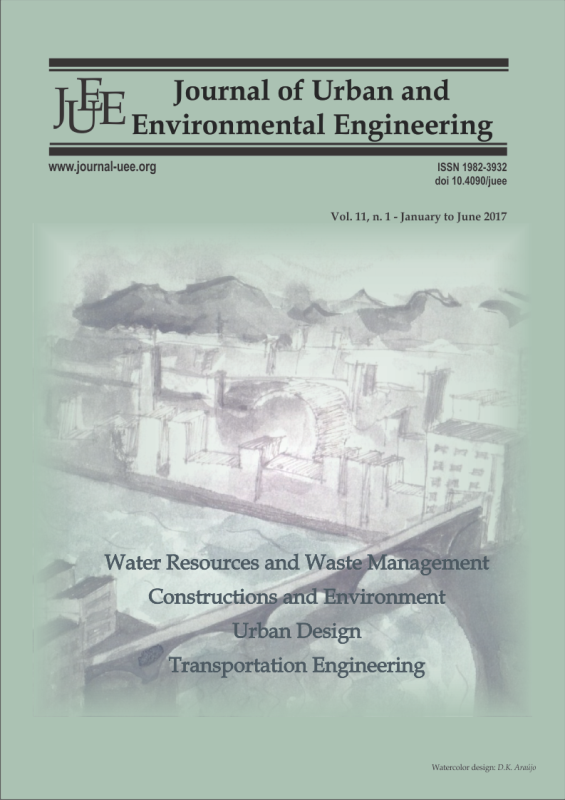ONE- AND THREE-DIMENSIONAL MODELING OF A VERTICAL-SLOT FISHWAY
DOI:
https://doi.org/10.4090/juee.2017.v11n1.99-107Keywords:
Vertical-slot fishway, numerical modeling, computational fluid dynamics, fish passageAbstract
This paper compares the use of one-dimensional (1-D) and three-dimensional (3-D) numerical models to simulate the flow of a vertical-slot fishway. Prior to their application, the models are validated by comparing the predicted data with experimental data from a physical model. Then the numerical models are applied to calculate four critical hydraulic design parameters of vertical-slot fishways, i.e., flow speed, water depth, turbulent kinetic energy, and energy dissipation rate. Furthermore, the authors developed rating curves for flow rate and energy dissipation rate in terms of flow depth using data from the 1-D model. These curves have great utility for the operation of the vertical-slot fishway studied. The results indicate that 1-D modeling can be a useful tool for preliminary conservative design arrangements of vertical-slot fishways, and that 3-D modeling can be a useful tool to enable accurate representation of the critical hydraulic design parameters and selection of the most appropriate design.Downloads
Download data is not yet available.
Downloads
Published
2017-05-21
Issue
Section
Articles




